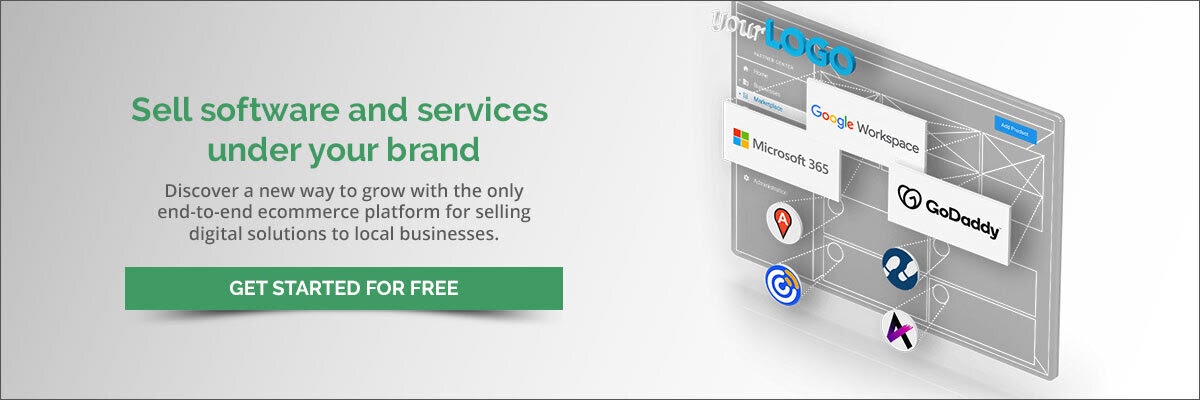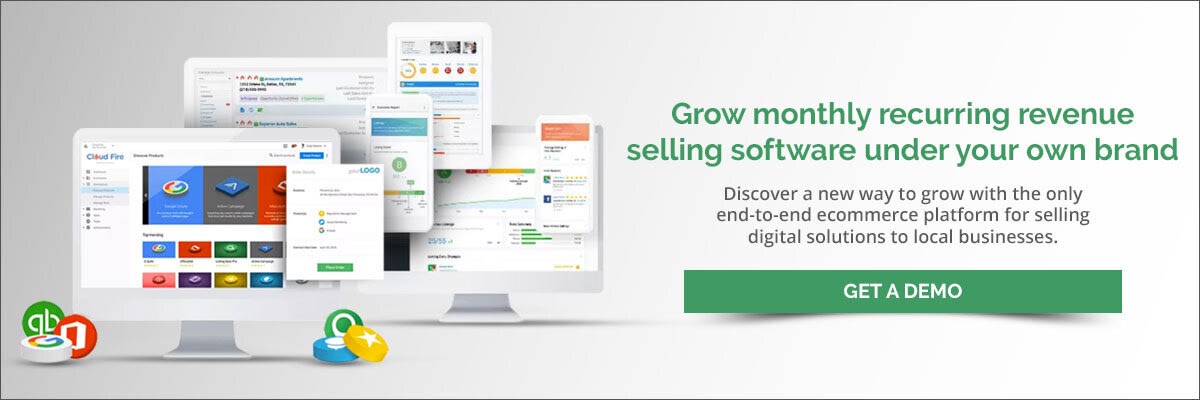How to Leverage Viral Product Growth to Build Your Business
How do you create a product or service that is so successful, enjoyed so fervently by the customer, that it is able to market itself? It’s a formula derived from the concept of Viral Product Growth, pointing us to examine the secret sauce behind the products that experience an exponential amount of growth through the very nature of their use. We’re taking a dive into the mechanisms behind this virality and what intrinsically makes a product explode in popularity, thanks to its own users.
What is Viral Product Growth?
It’s essentially a product or service that experiences growth by the nature of its use.
True product virality, according to Influencer and Marketing Guru Neil Patel, is not a single feature, it’s a design principle. Patel suggests that SaaS (software as a service) companies should forget about forcing users to click on random share buttons, and instead focus efforts on understanding the audience, to help design a workflow that organically leads them to share the product.
Viral product growth strategies are paying off for companies who’ve adopted them. According to Openview, Product-led businesses were valued 54 percent higher than the broader public SaaS index, as of September 2020. Looking at this strategy in action, PayPal’s radical approach to using referral bonuses to kickstart user-generated growth allowed them to grow to 5 million daily users in only a few months. Buzzfeed used its Golden Rules of Shareability to capture more than 9 billion content views per month.
When I think about Viral Product Growth I think about product experiences that are so great, and deliver such good results, that users can't help but tell others about it, and the product makes it easy for them to do so.
Viral Growth Mechanisms
There are five primary avenues to drive products towards viral growth. Some of the best solutions seamlessly weave these mechanisms directly into the nature and design of the product.
- Network Invitations: By creating a product that is based on inviting and interacting with other participants, you have built in potential for growth.
- Social Sharing: Incorporating deep-seated features that encourage users to share their interactions with a product or brand to their social media networks.
- Word of Mouth: Not entirely the most tech-forward tactic, word-of-mouth referrals and recommendations are still an extremely powerful vessel of virality. By creating a product that’s fun, easy to use and solves a pain point for your user, you are more likely to see adoption blossom from peer-to-peer recommendation.
- Incentives: Dangling the carrot of upgraded features, discount codes, or any freebie can entice users to share, invite and post. Offering a reward to the user entails typically lower upfront costs and better ROI than other traditional acquisition avenues.
- API Integrations: Application Programming Interface is a software intermediary that allows two applications to talk to each other. This mechanism will require some engineering workload to pull off, but searching for and programming API Integrations with other popular sites and social-media platforms provide meaningful interactions for your user between your product and others they already use on a daily basis.
How to Measure Viral Growth
There is a way to measure how viral a product is, and it’s through a metric known as a viral coefficient or k-factor.
Calculating a Viral Coefficient:
- Current # of users (let’s say 100)
- Multiply by the avg. # of invitations or referrals sent (100 x 10 = 1000)
- Find % referrals that took desired action (12% of 1000 = 120 new users)
- Divide new users / existing users (120 / 100 = 1.2)
A viral coefficient of “1" or more means that for every user you acquire, you’ll gain at least one additional user through the referral process. If your viral coefficient is less than “1,” user adoption will continually decline over time.
Viral Success Stories
Zoom
“Zoom is a fantastic example of viral product growth. Users can invite colleagues or friends to a Zoom meeting. To join they create their own account and test it out during that first call,” Morris says.
From there the invited guest can decide if it’s something they want to use with their network, and whether or not they’d get value out of upgrading to a paid subscription. This viral loop saw a dramatic increase at the onset of the pandemic from an average 10 million daily meeting participants skyrocketing to more than 200 million daily meeting participants.
Wix
Wix is another company with viral growth baked into its concept. Wix gives users the ability to create their own website for free. All free websites contain the company’s signature footer that reads: This website was designed with Wix.This attracts website visitors to further investigate and try out Wix for themselves. Freemium users also have the opportunity to drop the Wix branding and transition their site to a paid version.
By leveraging google image search, Pinterest has also found success. When someone conducts a Google search for an image, and the source of that image is Pinterest, when a searcher clicks on that image they are automatically directed to sign up for their own Pinterest account.
As users pin new content to boards, this builds further link generation and data for Google to index, giving the platform strong search engine authority. It’s a winning model that saw that company go public with a $12.7 billion valuation in 2019.
Spotify
The music streaming platform is known for building highly shareable content into its product, like the annual iteration of their year-in-review feature.
“They’ve built in a highly social feature that allows users to share the music and the songs they’ve been listening to over the past year,” Baker says.
Dropbox
This file-hosting service is intrinsically viral, with the built-in need for new users to create an account to access files sent to them from another Dropbox user. Apart from its fundamental design, incentive campaigns during the early stages of the company also contributed heavily to its viral growth. By encouraging users to invite a friend in order to unlock 5 gigabytes of storage space for free, users quickly sent out invites to reap the rewards.
Slack
With 12 million daily active users, this peer-to-peer business communication platform hooks users with its delightful, easy-to-use interface. Its use in a professional capacity skyrockets total users each time a new business joins the platform.
Uber
“Uber is another great example of this type of growth, using an incentivized strategy. By inviting friends, the user receives free or discounted rides in return. Incentives can be a powerful tactic leading to viral growth,” Morris says.
Calendly
Calendly is one more example of how a product intrinsically designed with network invitations in mind has harnessed product-led growth and virality to drive a massive uptake of users.
Calendly is an automated scheduling tool that saves users time by eliminating the scheduling dance of where and when to meet. Pairing calendar integrations with a beautiful booking page and a number of optional workflows, the software makes setting meetings easy for professionals, small business owners, entrepreneurs, and anyone who might need to book a meeting.
The Way Vendasta is looking at Viral Product Growth
“Most of the tech companies leveraging these viral growth strategies are in it to win it for themselves. What’s unique in how we approach this concept at Vendasta, as a white-labeled end-to-end commerce platform, we’re in it for the growth of our partners,” Morris says.
“The solutions we’re building - that our partners are in turn sending to their networks, and clients - are presented entirely under the partner’s branding.”
Examples of viral growth strategies that Vendasta has implemented in recent years include:
- Discounted and bonus offers that directly benefit partners who use the platform
- Local Business Online Toolkit -- a stack of freemium digital solutions for SMBs (small and medium businesses) in response to the pandemic
- A white-labeled meeting scheduler built into Vendasta’s award-winning CRM

“The only way it’s going to work for Vendasta is if it works for our partners first and foremost,” Baker says.
“We are actively working to build these viral mechanisms into the software that our partners can use to drive their own growth potential with their customers. At the end of the day, we only succeed when our partners succeed.”



